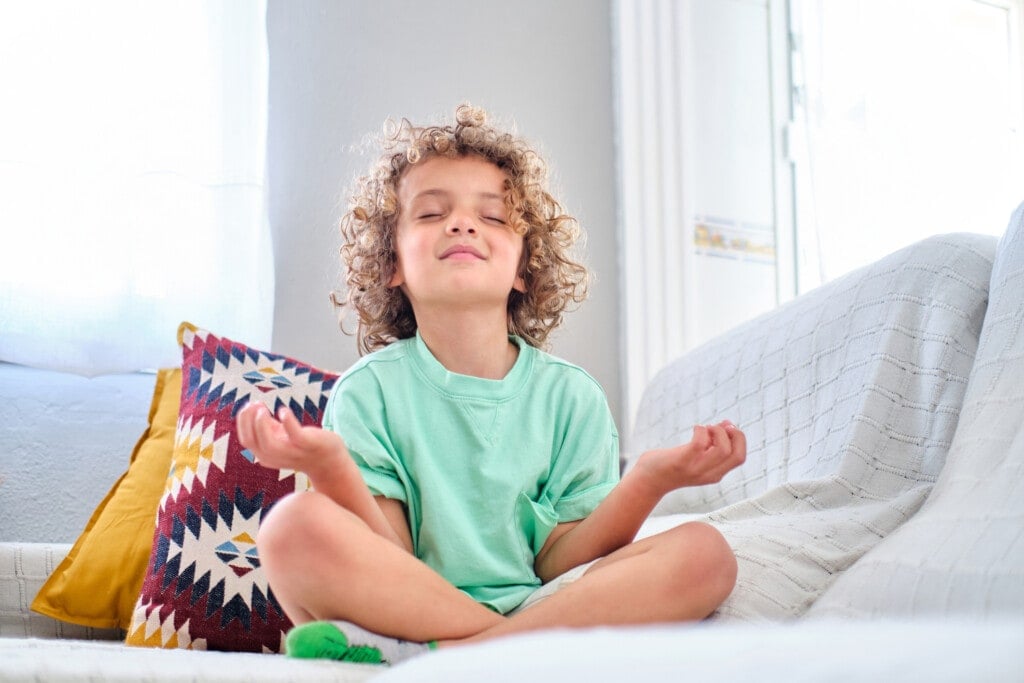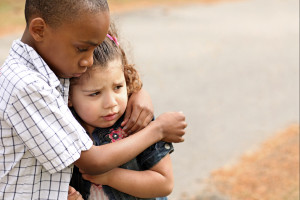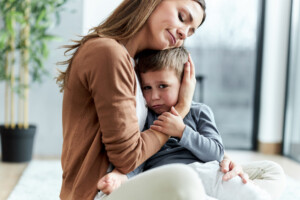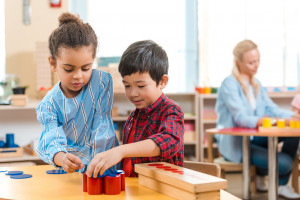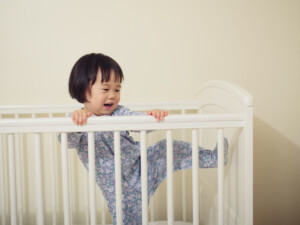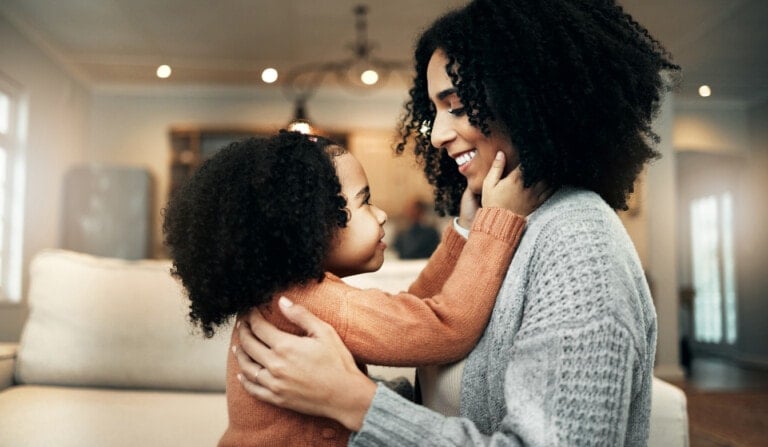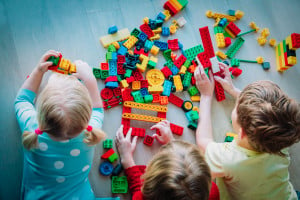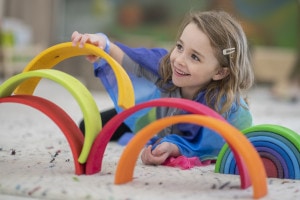We all know our little ones have big emotions. Tantrums and meltdowns are common between ages one and four.1 Your child may throw a tantrum for various reasons, but most occur because they are overwhelmed by strong emotions. Younger children have not learned how to communicate their feelings and are still at an early stage of social, emotional, and language development. Tantrums are a way for them to express their feelings. They need a safe space to do it, like a calming corner.
You can help your child understand their emotions by labeling their feelings and talking about emotions after your child is calm. Identifying tantrum triggers can help avoid tantrums. If your child is having tantrums, you may want to consider creating a calming corner at home.
What is a Calming Corner?
You can help your child avoid a tantrum or a meltdown by creating a calming corner at home. A calming corner is a safe and comfortable place for children to calm their bodies and process their big emotions. It can be used in place of time out and help your child feel safe and secure and develop emotional regulation.
When Should You Use a Calming Corner?
It will be important for your child to realize that going to the calming corner is not a punishment. It is a space that helps children control impulsive behavior and learn that their big emotions are normal. Creating a calming corner at home can help teach your child that stepping away from a situation is okay to calm their emotions and bodies. Children should use the calming corner when they feel angry, overstimulated, or frustrated. It should be used before things escalate into a tantrum. You know your child best and will need to help your child identify these signs and emotions.
How to Create a Calming Corner
Your calming corner doesn’t need to be a corner. It can be any safe and comfortable space in your home. The calming corner will be a space that has a comfortable place to sit or lay down, as well as calming activities. It is a great idea to include sensory items or activities because the pleasing aesthetics occupy a child’s senses and help them calm down. Below are several things you may want to have in your calming corner at home.
1. Comfortable Seating
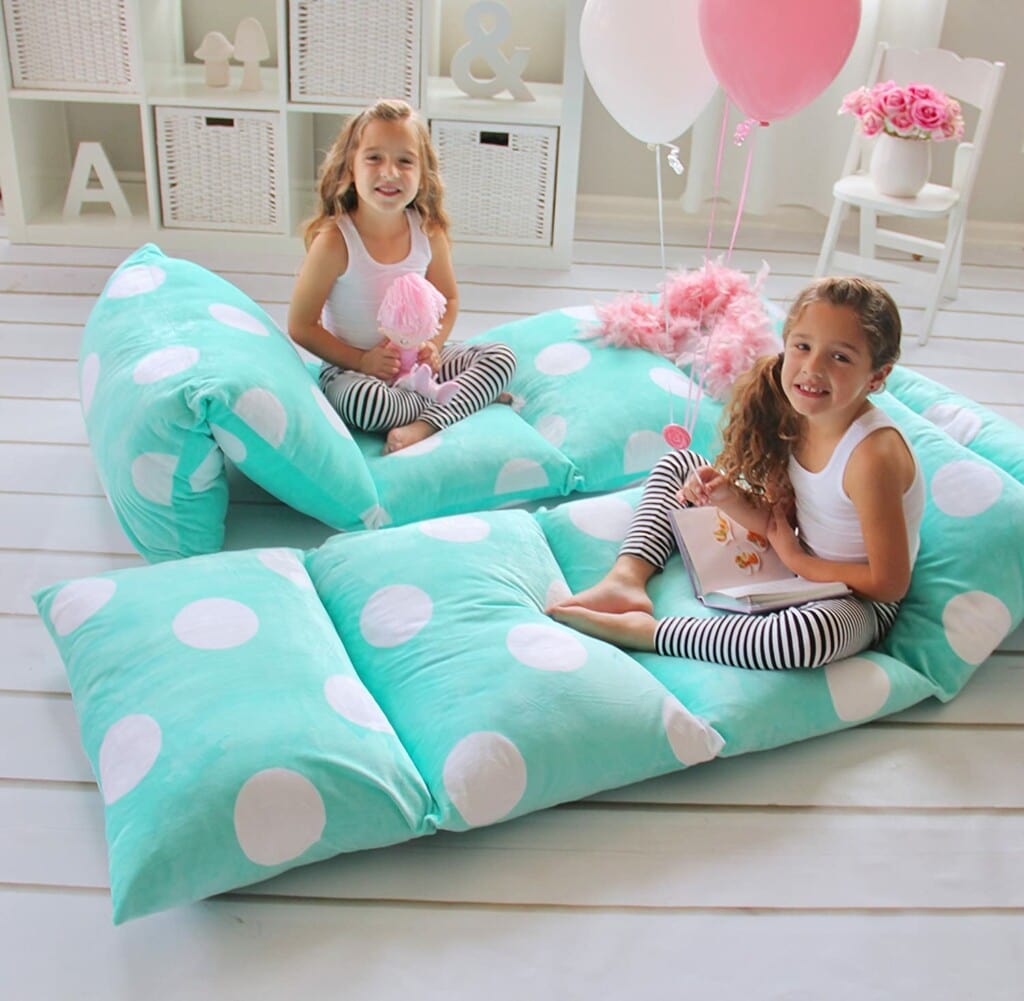
Include a comfortable chair, couch, or floor pillow for your child to sit or lay down.
2. Glitter Jars

Glitter jars to help soothe and relax your child. Watching the glitter fall to the bottom of the jar can give your child time to calm down and regain control of their emotions.
3. Stress Balls
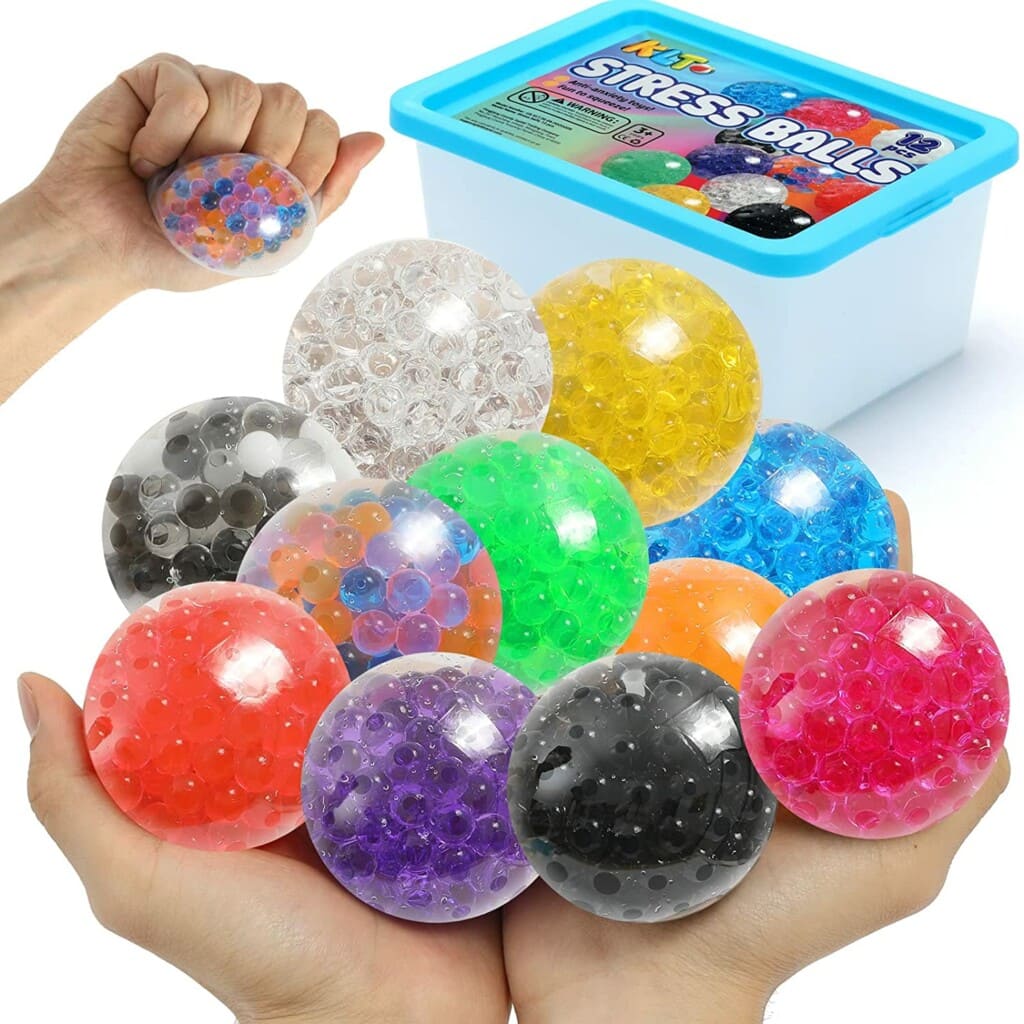
Stress balls can help release energy and strengthen the nervous system. This helps control your child’s stress levels they may be feeling in the calming corner.
4. Fidget Toys
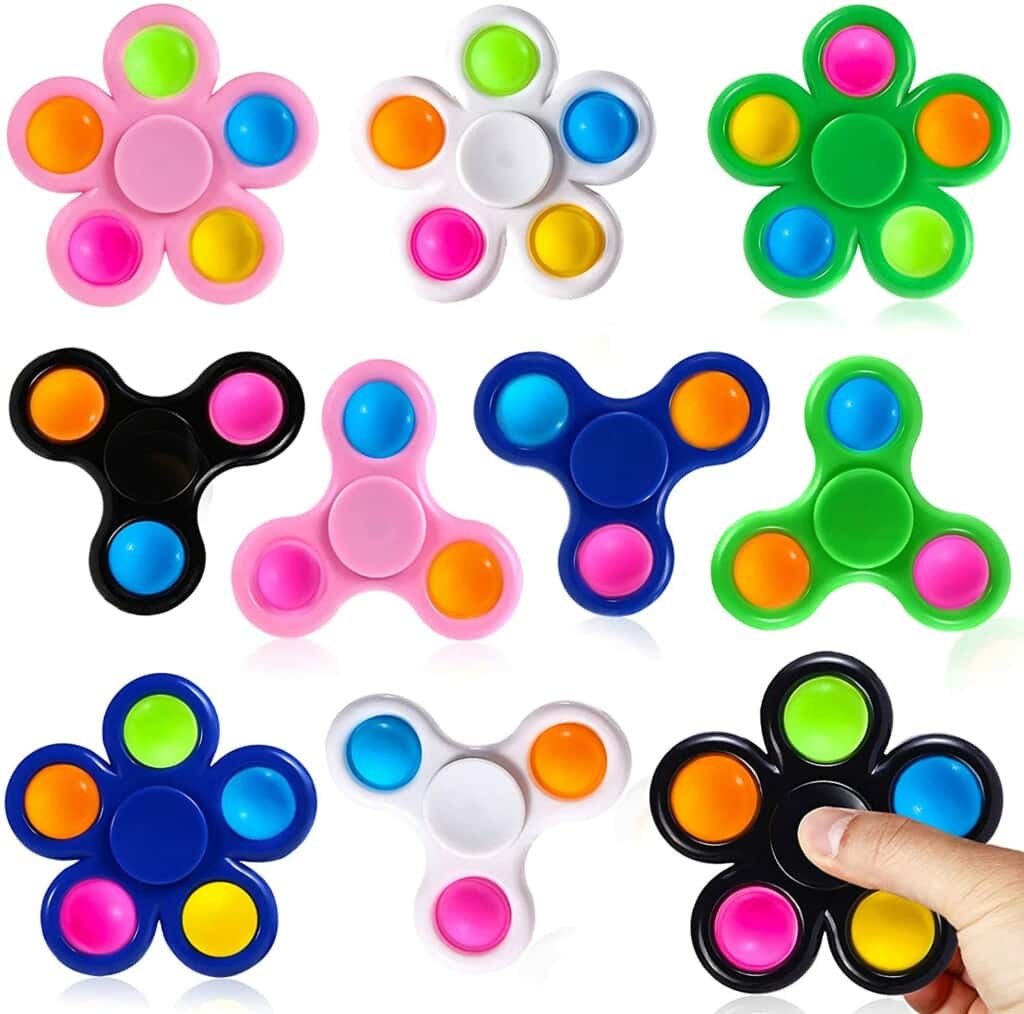
Wacky Tracks, fidget spinners, pop tubes, and popping sensory toys can help reduce anxiety or restlessness. The fidgets and small movements give an outlet and can be a distraction in an overstimulating environment.
5. Expandable Breathing Toy
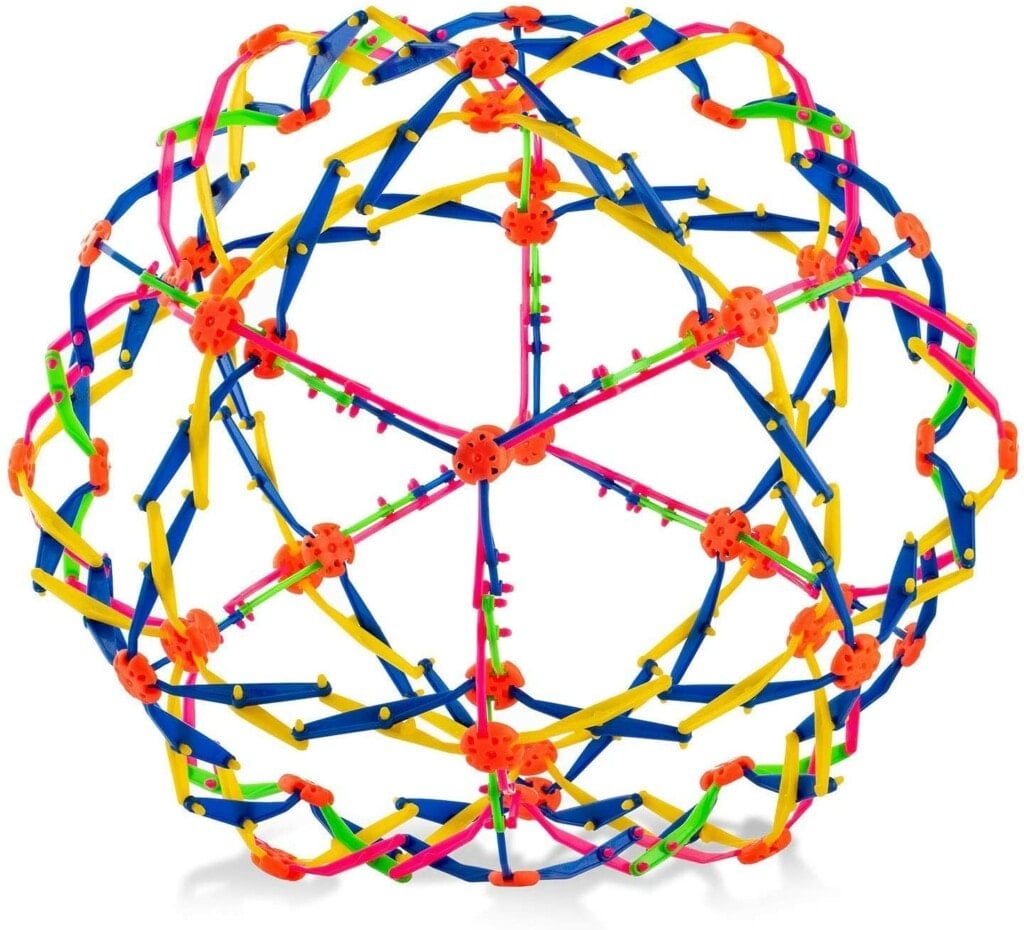
While holding the ball, your child can exhale when they contract the ball and inhale as the sphere expands, which can help encourage mindful breathing and meditation.
6. Mindfulness Activities
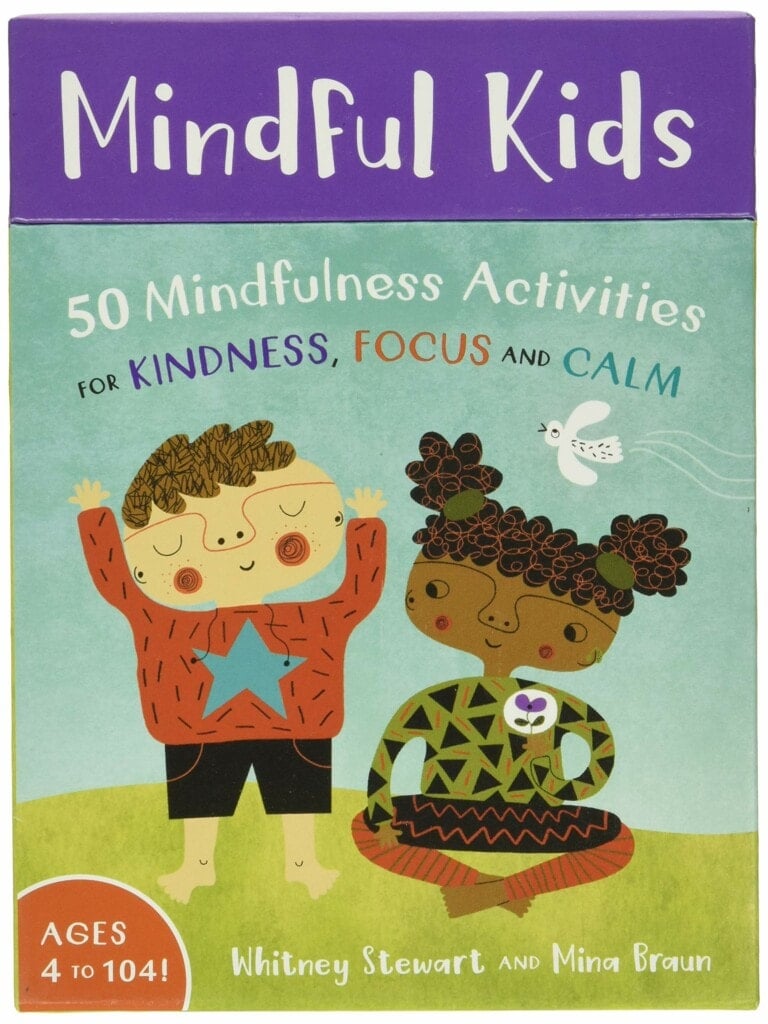
Participating in mindful activities can help your child feel calm and focused and practice kindness.
7. Journal or Sketch Pad
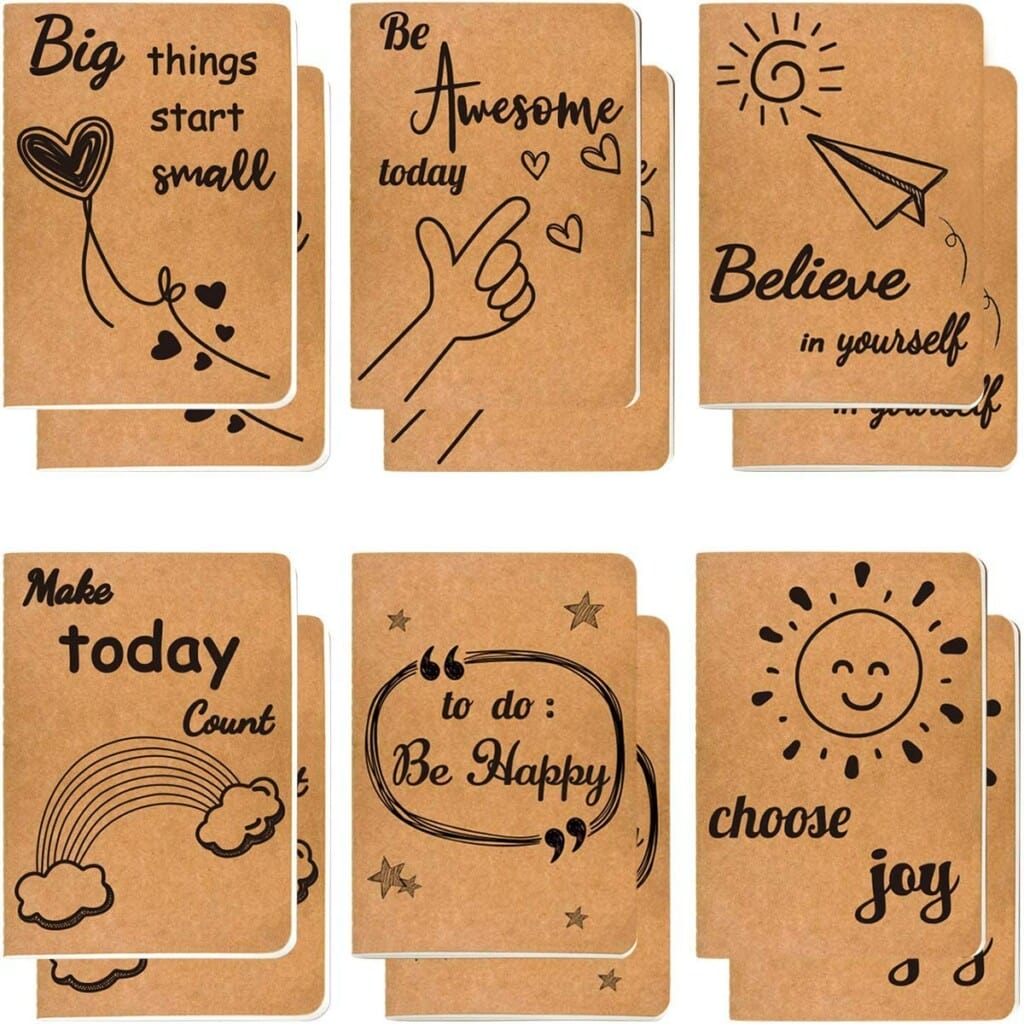
Older children may want to write about their feelings in a journal. You may also consider including a gratitude journal to help your child practice gratitude and mindfulness. Is your child too young to write but may enjoy drawing their emotions? Be sure to include a sketch pad.
8. Art Supplies
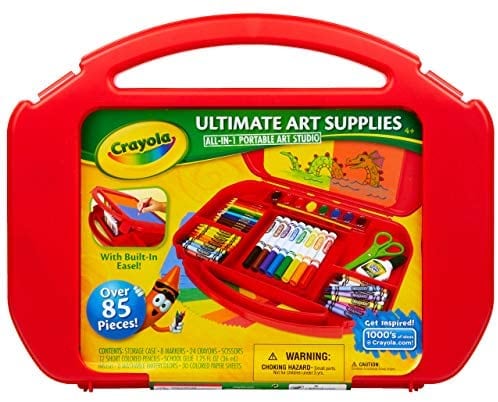
If you’re going to include journals or sketch pads, you will want art supplies to go with them! Engaging in creative activities can reduce stress and help your child refocus their emotions.2
9. Feelings Poster
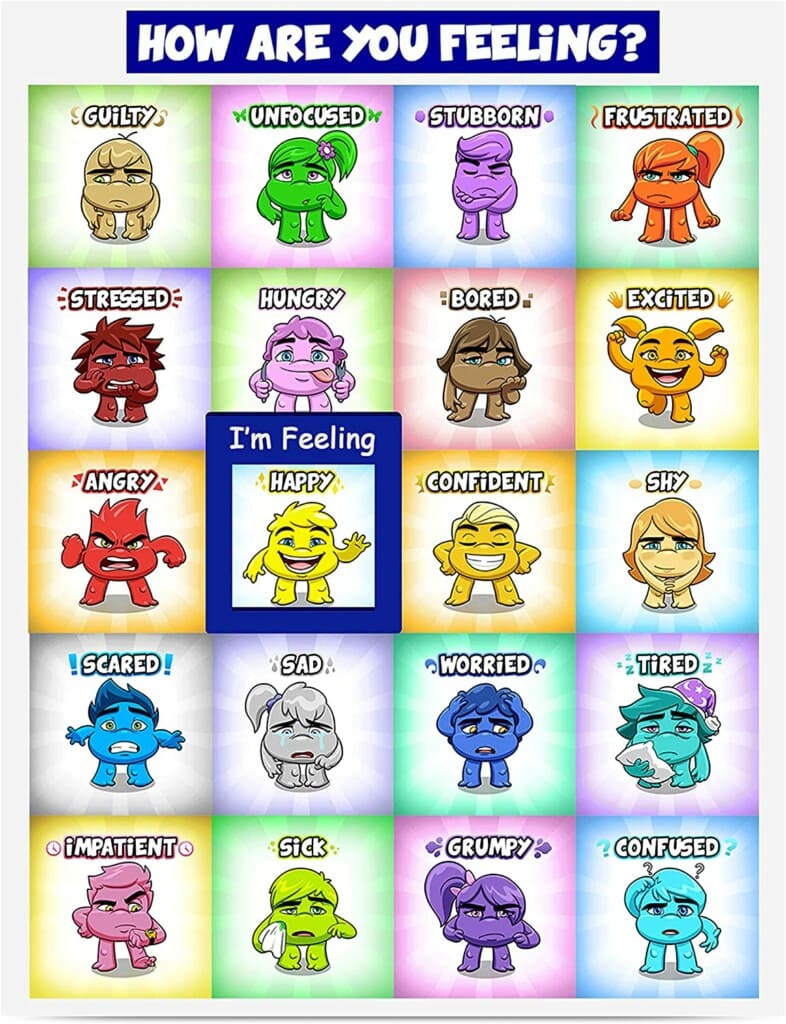
Sometimes your child might not be sure which emotion they are feeling. Big feelings can be confusing. This is why a feelings poster can help your child identify their emotions.
Remember, you know your child best, and you will want to select items that will help your child calm down and regulate emotions. Once you have your items, your calming corner is complete! You’re ready to introduce the concept to your child. You may want to visit the calming corner together a few times. Discuss the items in the calming corner and how they make them feel. You can even model using some of the items so your child knows how to use them properly.
After your child visits the calming corner independently for the first time, talk about what happened and what went well. Remind them it’s okay to have big emotions and take time to manage those feelings. Your child will begin to realize that there are tools and strategies to help them feel calm again, which will help them handle similar situations in the future.

